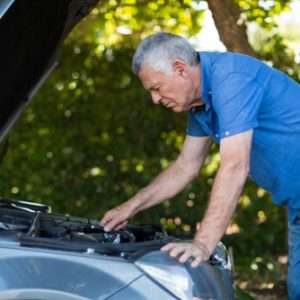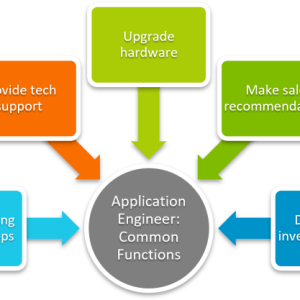That little check engine light. It can be the bane of any car owner’s existence‚ especially when it pops up in your smart car. Is it a minor hiccup‚ or a sign of something serious lurking under the hood? It’s enough to make anyone’s heart skip a beat! Understanding why your smart car’s check engine light is on is crucial for maintaining its health and avoiding costly repairs down the road. Let’s dive into the common causes and what you should do about it.
Understanding Your Smart Car Check Engine Light
The check engine light (CEL)‚ also known as the malfunction indicator lamp (MIL)‚ is your smart car’s way of telling you something isn’t right. It’s part of the onboard diagnostics (OBD) system‚ which monitors various sensors and systems within your vehicle. When the system detects a problem‚ it illuminates the CEL to alert you.
But what exactly does that light mean? Well‚ it could be a whole host of things. Let’s explore some of the most frequent culprits.
Common Causes of a Smart Car Check Engine Light
So‚ your smart car’s check engine light is on. Don’t panic! Here are some of the usual suspects:
- Loose Gas Cap: Believe it or not‚ this is a very common cause! A loose or damaged gas cap can cause fuel vapors to escape‚ triggering the light.
- Oxygen Sensor Issues: Oxygen sensors monitor the amount of oxygen in the exhaust. A faulty sensor can affect fuel efficiency and emissions.
- Catalytic Converter Problems: The catalytic converter reduces harmful emissions. If it’s not working correctly‚ the CEL might illuminate.
- Spark Plug or Ignition Coil Problems: These components are essential for combustion. Issues can lead to misfires and trigger the light.
- Mass Airflow (MAF) Sensor Failure: The MAF sensor measures the amount of air entering the engine. A faulty sensor can disrupt the air-fuel mixture.
It’s a long list‚ isn’t it? And these are just some of the possibilities!
Diagnosing the Smart Car Check Engine Light
Okay‚ so you know why the light might be on‚ but how do you pinpoint the exact problem? Here’s where things get a little more technical.
Using an OBD-II Scanner for Your Smart Car Check Engine Light
The best way to diagnose the CEL is to use an OBD-II scanner. This device plugs into your car’s OBD-II port (usually located under the dashboard) and reads the diagnostic trouble codes (DTCs) stored in the computer. These codes provide clues about the source of the problem.
Interpreting Diagnostic Trouble Codes (DTCs)
Once you have the DTC‚ you can look it up online or in a repair manual to understand what it means. For example‚ a code like “P0420” indicates a problem with the catalytic converter. However‚ keep in mind that a DTC is just a starting point. Further investigation may be needed to confirm the diagnosis.
What to Do When Your Smart Car Check Engine Light Comes On
So‚ the light is on‚ you’ve (maybe) scanned the code. Now what? Here’s a step-by-step guide:
- Check Your Gas Cap: Seriously‚ do it!
- Consult the Owner’s Manual: It might offer specific guidance for your smart car model.
- Consider the Severity: Is the car running rough? Are there strange noises? If so‚ it’s best to have it checked out by a professional immediately.
- Get a Professional Diagnosis: If you’re not comfortable diagnosing the problem yourself‚ take your smart car to a trusted mechanic.
Ignoring the Smart Car Check Engine Light: A Risky Move
Ignoring the check engine light can lead to more serious problems down the road. A small issue can quickly escalate into a major repair‚ costing you significantly more money in the long run. Plus‚ it can affect your car’s performance and fuel efficiency.
Frequently Asked Questions About Smart Car Check Engine Lights
The check engine light on your smart car doesn’t have to be a source of dread. With a little knowledge and the right tools‚ you can often diagnose and even fix the problem yourself. Remember‚ addressing the issue promptly can save you money and prevent more serious damage. Don’t ignore that little light – it’s trying to tell you something important! Take care of your smart car‚ and it will take care of you. Now go forth and conquer that check engine light!




